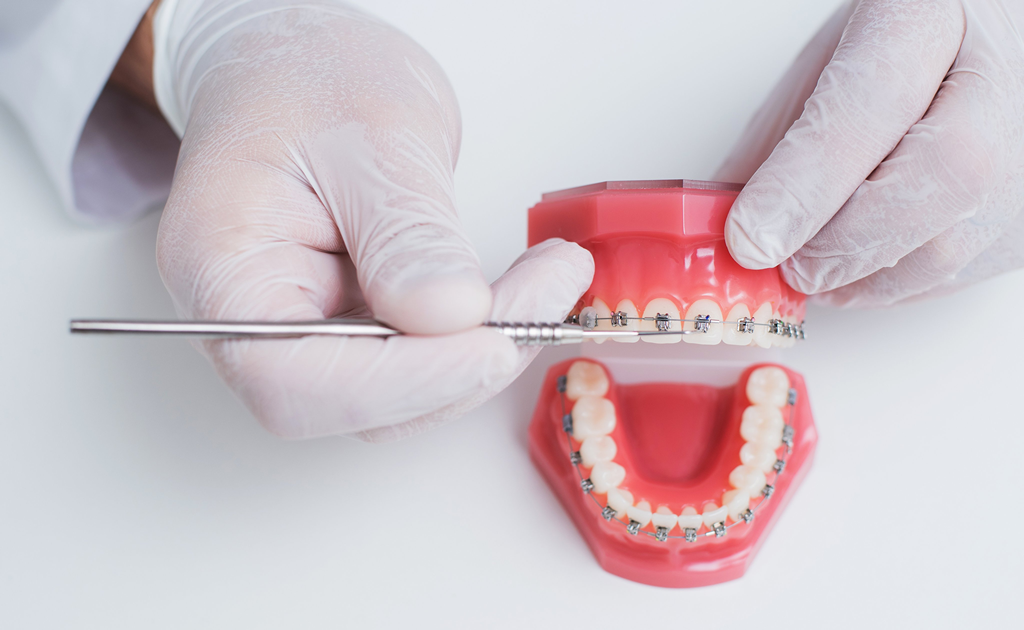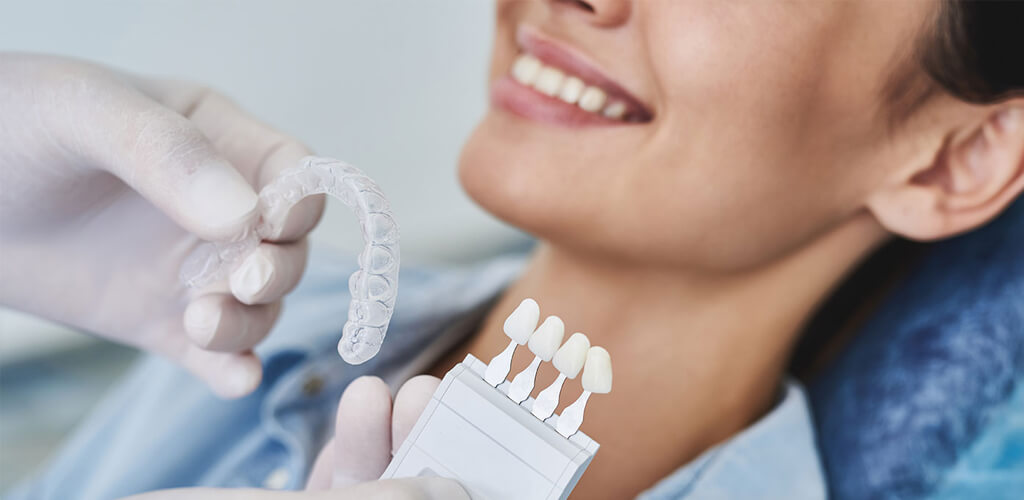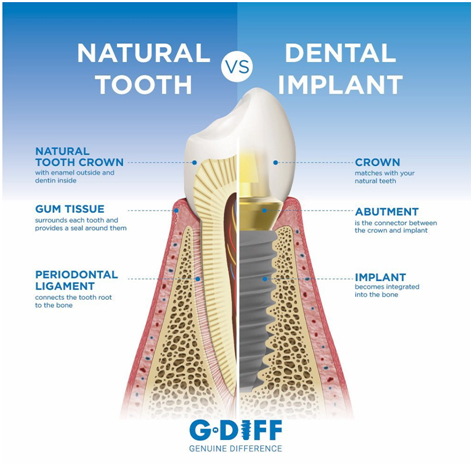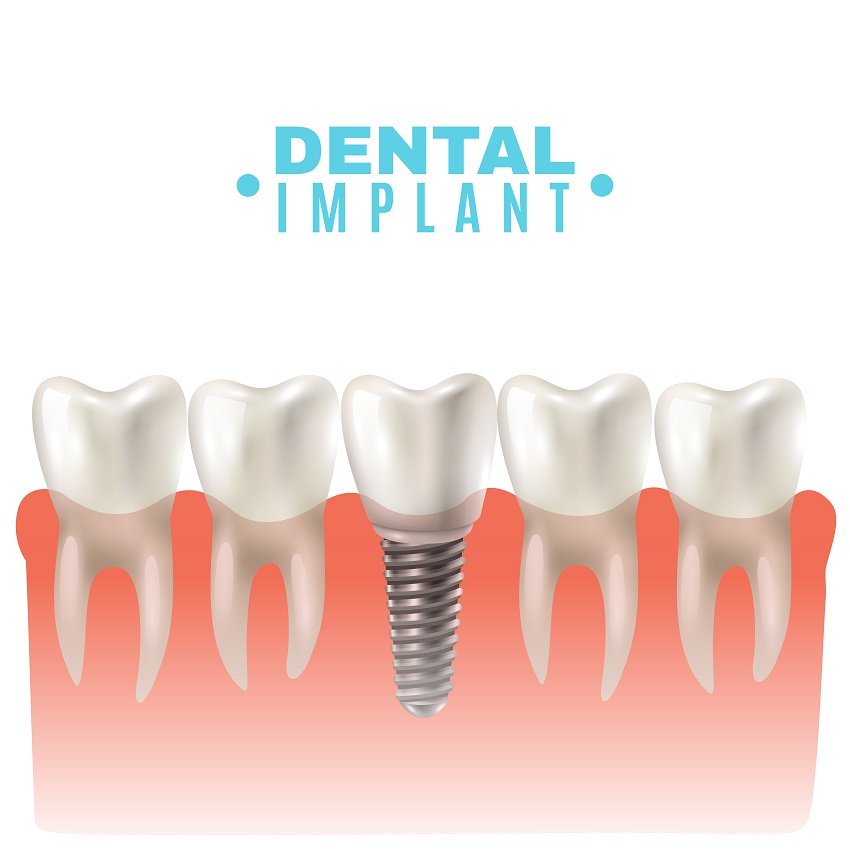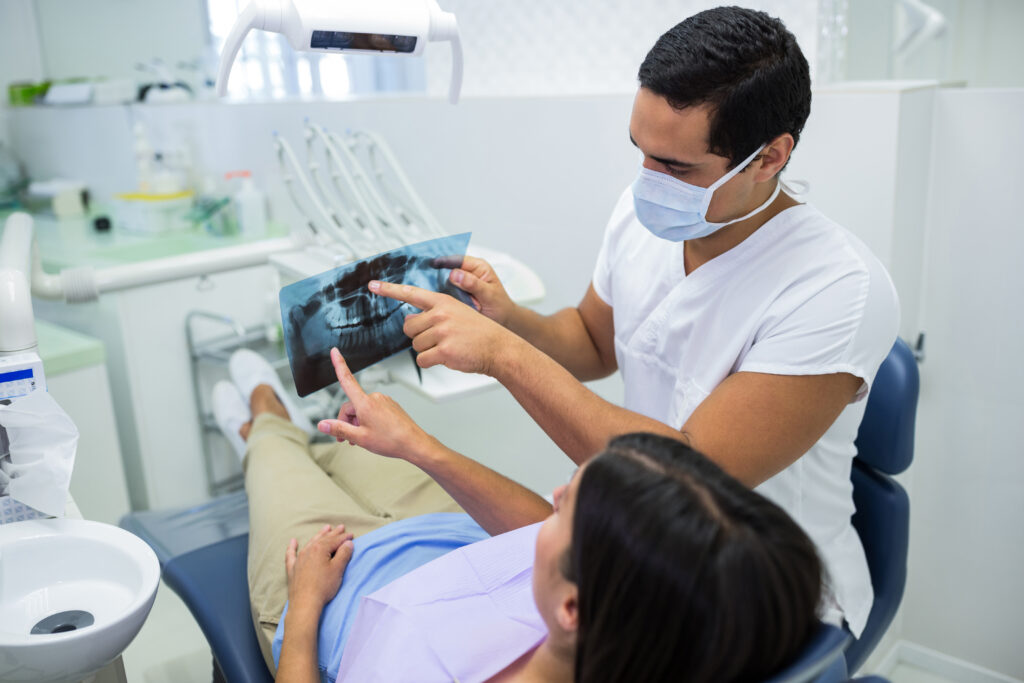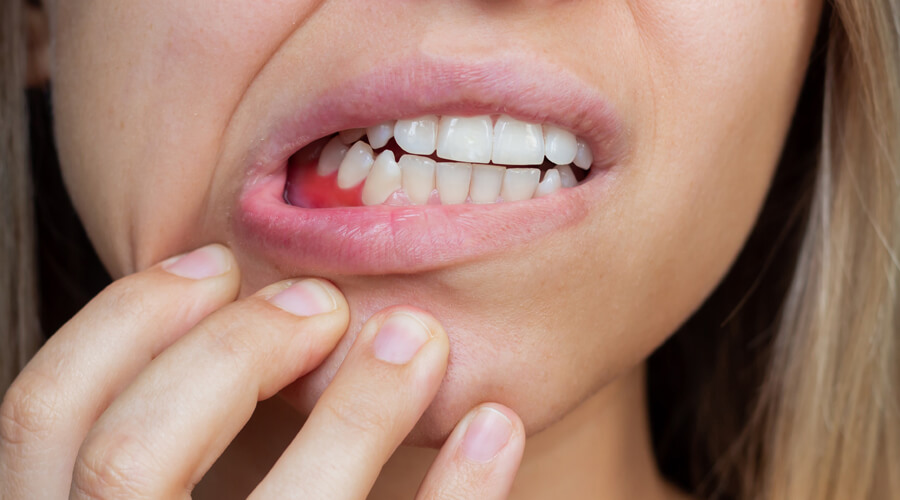What Are The Gum Disease? And Ways to Treat It
Periodontitis is an infection of Periodontium. Whereas, the word ‘Perio’ means gingiva and other tissues surrounding teeth, ‘don’t’ mean tooth and ‘itis’ means inflammation, So the whole term “Periodontitis” indicates chronic inflammation of gingiva periodontal ligaments, alveolar bone and dental cementum. According to World Health Organization (WHO) it is widely spreadable chronic disease around the world. It begins with accumulation of plaque and calculus around teeth which form microbial biofilms with bacteria followed by localized inflammation of gingiva and fibers. Negligence of this situation causes chronic condition of the gums. The main reasons for the periodontitis is the bacterial byproducts and enzyme from periodontal bacteria such as leucotoxins, collagenase,fibrinolysis and other Bacteroids spp.: B. intermedius and B. gingivalis, fusiform organisms: Actinobacillus actinomycetemcomitans, ss Wollina recta and Eikenella spp, various bacilli and spirochetes.
At initial stage it can be reversed by maintaining oral hygiene and but when it precede to later stage it cannot be reversed gingivitis can be precede to periodontitis but periodontitis cannot be reversed to periodontitis.
Stages of gingivitis
The are four stage of gingivitis and in later stages it precede to periodontitis. It can be depicted by various clinical signs and symptoms
1. Gingivitis
it is the only stage where is can be reversed and in these stage there is accumulation of plaque and calculus and there will be inflammation of the gingiva and bleeding on probing can be seen in this stage. There will be loss of clinical attachment and 2-3 mm probing depth can be seen.
2. Early Stage
in these stage the disease spread arounds the gingival fibres and tissues and this stage is manageable can be treatable but it is not reversible. There is 3-4 mm clinical attachment loss and 15-33% of bone loss is there around root and probing depth is 5mm or more.
3. Moderate Stage
like second stage it is not reversed symptoms like spaces between the teeth and recessions are more evident. There will be 5mm or more attachment loss and more than 33% or bone loss can be seen. Treatment like scaling and root planning, deep curettage and flap surgeries can be done and class 2 and class 3 furcation defects are seen in these stages.
4. Advanced Stages
it the last stage of gum disease in the probing depth exceeds >5mm and 50% of bone loss will be there and furcation defects and recessions will be common in these stages. There will be mobility of the teeth and tooth loss will be there and treatment will most probably include flap surgeries with bone grafting and guided tissue regeneration techniques and for the loss of tooth there will be needling of dentures.
Types of Periodontitis
1. Gingivitis
it is described as above
2. Chronic periodontitis
In these stage there will be bone loss of more than 50% and bleeding while brushing and flossing, bad breath, inflammations of gingiva and periodontium and loss of clinical attachment and epithelial tissue will be there, mobility of teeth will be there and furcation defects are seen in these stages.
3. Aggressive periodontitis
Arc shaped bone loss is seen and involvement of incisors and molars are seen in these cases. It can be presented in both localized and generalized forms and there will be mobility of teeth and clinical attachment loss.
4. Necrotizing ulcerative periodontitis
it is mostly seen in patient taking immune suppressive drugs, malnutrition and HIV. Necrosis means death of the tissue.
5. Peri-Implantitis
It occurs due inflammation of the gingiva around Implants and there is no bone loss involved and the surrounding gums are inflamed, tender and there will be bleeding while brushing.
Treatment of Gum Diseases
The main aim of treating periodontal diseases is to reduces the bacterial load and maintain the gums health.
1. Scaling and root planning
It is one of the basic treatment to start with it involves the removal of hard plaque and calculus which involves both supragingival and sub gingival plaques. It also removes the tartar and stains and planning of the root surfaces is also important as it removes black spots and prevent adhesion of further bacterial plaques.
Medications are also required which are as follows:
- Antimicrobial mouth rinse which include chlorhexidine.
- Placement of fibres into the pocket can also be useful like tetracycline fibres: activity due to which fibres dissolved over a period of time which prevents further pocket and bone loss.
- Medications like oral antibiotics are also useful in cases like aggressive periodontitis and chronic periodontitis.
2. Surgical treatments
Flap surgery: it is mostly necessary when there is inflammations of gums and bone loss. The dentist will reflects the tissue and remove tartar and calculus and unhealthy tissue and root plane the surfaces so there will be no adhesion of plaque and calculus. The gums are sutured back and papilla approximated with each other. When there is bone loss or furcation defects there will usage of the bone grafts or membrane in to that are to regenerate the loss bone depending on the membrane properties of new bone formation.
At 32 pearls dental clinic and implantology centre, our periodontitis are expert in treating all type of gum disease with having in house diode laser system and cautery which induce faster post operative healing. Are you looking pediatric dentist in Ahmedabad? 32 PEARLS® provide best pediatric dentist in Ahmedabad.



